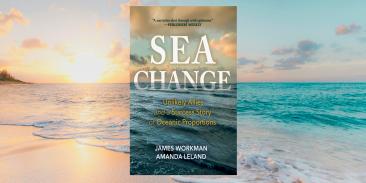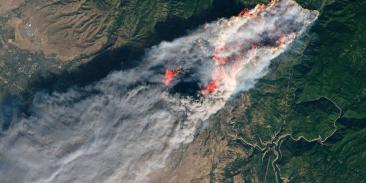Beyond the wires: Community benefits from transmission projects

The United States needs to build more electric transmission lines at an unprecedented pace to connect and deliver clean, reliable and affordable energy. But for decades, developers relied on a “decide, announce, defend” approach that sidelined communities, fueled opposition and caused costly delays.
A new report from Environmental Defense Fund and Clean Air Task Force, Beyond the Wires: Community Benefits from Transmission Projects, shows that approach no longer works. By presenting five case studies covering six successfully constructed transmission lines, the report highlights a clear trend: the most successful projects treat communities as partners, not obstacles.
Download the report & case studies
Lessons from the field: Moving beyond money
Effective community benefit frameworks deliver more than financial compensation—they create lasting value by addressing local priorities and embracing innovative solutions.
Coordinated infrastructure
In Massachusetts, the Vineyard Wind project aligned its cable route with the Town of Barnstable’s planned sewer upgrades. The collaboration saved taxpayers an estimated $3 million, minimized construction impacts, and addressed water quality concerns through a Host Community Agreement.
Tribal co-ownership
The West of Devers Upgrade Project in California pioneered a co-ownership model with the Morongo Band of Mission Indians. By making the Tribe a transmission operator, the project upheld tribal sovereignty and avoided building a costly new line.
Reinvesting profits
California’s Sunrise Powerlink and Sycamore-Peñasquitos projects partnered with the nonprofit Citizens Energy, which invested in the transmission lines and reinvested profits into local clean energy initiatives, including a community solar program in Imperial Valley.
Conservation and mitigation
In the West, the Big Eddy-Knight (WA/OR) line funded conservation measures to avoid litigation. Similarly, a legal settlement for Mona-to-Oquirrh in Utah delivered a community-approved reroute and preserved 130 acres of hillside for permanent conservation and recreation.
Keys to future success
As the U.S. expands its next generation of transmission lines, these case studies make one thing clear: community benefit frameworks are essential. Success depends on three actions: engage communities early to prevent costly delays, look beyond money to create lasting local value, and stay flexible with creative financing and ownership that build broad support. When developers design agreements that reflect local priorities and share benefits fairly, they can deliver critical infrastructure while earning lasting trust.
Beyond the Wires report and case studies
- Overview
Lessons from Transmission Lines Built with Community Benefits
- Case study
Vineyard Wind Transmission Interconnection
- Case study
Sunrise Powerlink & Sycamore-Peñasquitos Transmission Projects
- Case study
Mona to Oquirrh Transmission Line
- Case study
Big Eddy-Knight Transmission Line
- Case study
West of Devers Upgrade Project











